

Strategy game lovers are harder to characterize than others. Strategy gamers don’t conjure the same imagery as others gamers. They’re not the Mountain Dew addled first person shooter fans, nor are they the MMO fans that draw attention for being able to order a pizza from within their game. A strategy gamer can be cut from many cloths. Strategy gamers are my father, who pwn5 n3wbz every day at Chess on EA’s Pogo portal. Strategy gamers line the halls of South Korean internet cafes, honing their (Star) craft. Strategy gamers are classical too, we’re the only enthusiasts that still consider LAN play an integral feature. Strategy gamers can be casual or as hardcore as they come. They stay up all night trying to figure out how to beat a Zerg Rush and then take their game on the road with some lighthearted Advance Wars. The genre continues evolve with the players, free to play games like League of Legends lead the charge of the new guard. But some franchises are beginning to slide out of the spotlight. Publishers have mismanaged, forgotten about, or crippled the design of franchises that once commanded strong user bases. Here are five franchises that desperately need resuscitation.

The shameful truth is that there are plenty of World of Warcraft players that don’t know the history behind the franchise. The simple fact is that Warcraft: Orcs & Humans helped to define what real time strategy was, is, and continues to be. The transformation the series undertook to become an MMO was nothing short of staggering, but there are many fans out there that still feel jilted by the genre switch. There are swaths of gamers that lost out on one of the best universes in gaming because they simply aren’t interested in MMO games.
That's a shame. Warcraft 3 and the modtools it came with changed Windows gaming forever. It added interesting mechanics like hero units to an already familiar RTS formula. You can see Warcraft’s influence filtered through other RTS games like Relic’s Dawn of War series, Gas Powered Games’ Supreme Commander, and of course Blizzard’s own Starcraft 2. For many of us though, it wasn’t even Blizzard’s stellar campaign or incredibly well integrated (for its time) multiplayer. It was the modtools and the entire genres that they popularized that had the biggest impact. Without Warcraft 3's modtools there would have been no Defense of the Ancients. The DOTA mod has spawned the popular online battle arena subgenre populated by League of Legends, Demigod, and Heroes of Newerth.
Starcraft 2 hasn't quite filled the gap left by Warcraft 3. Blizzard has been slower than expected to support the modding community. Mods shown at Blizzcon last year were only officially released in early April. The game and its community doesn't feel as organic as it did in the days of Warcraft 3. It feels more rigid and controlled now, and maybe that's why Warcraft 3 is played and sold at retail to this day, nine years after its first commercial release.
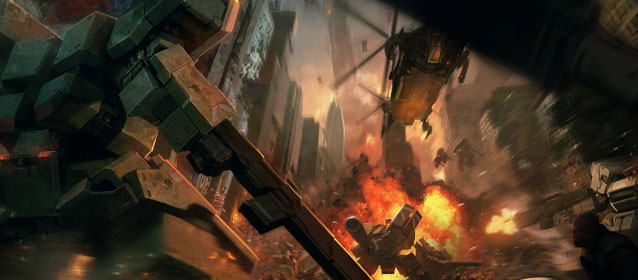
The Frontmission series dates from the Super Famicom to the Playstation 3. The games tell dramatic tales set in a future only the Japanese could adequately imagine. Global politics have evolved into a Cold War on a grand scale. Nationalism takes a back seat to the creation of giant nations that make up entire continents, think the European Union but more cohesive and on every major landmass. These super nations engage in arms race that keeps geopolitics heated on a scale greater than any other time in history. Warfare in this age is conducted by hulking mechs called Wanzers (really) that can take on many shapes and armaments. Gameplay has always been rock solid and deep customization of the mechs was the feature that endeared many of the fans.
I stumbled onto Frontmission 3 on the Playstation One immediately after I played Final Fantasy Tactics. Robots and supranational politics are much cooler than badly translated stories and hamfisted FF7 cameos, sorry fanboys. The series fizzled in America and nothing was seen until 2003 on the Playstation 2. Frontmission 4 was another solid entry in the series however the fifth game was exclusive to Japan. After that a few mobile games were published only in Japan then something truly awful happened. The series was rebooted last year with Front Mission Evolved. It was essentially Square-Enix's take on Armored Core and it was a middling effort at best. The game being average wasn't the worst part though. I actually remember wandering around Square-Enix's E3 booth and being spellbound by the trailer, until I saw the gameplay of course. It had suddenly become a third person action game. I was aghast. Frontmission appeals to a small contingent of ferociously vocal fans. Evolved was not what they were looking for and it showed. The franchise doesn't carry much weight outside of its core fan base. Frontmission Evolved rightfully tanked. Square-Enix, give me my giant robots back the way I remember them, precisely engineered to my specifications and destroying each other, one turn at a time.
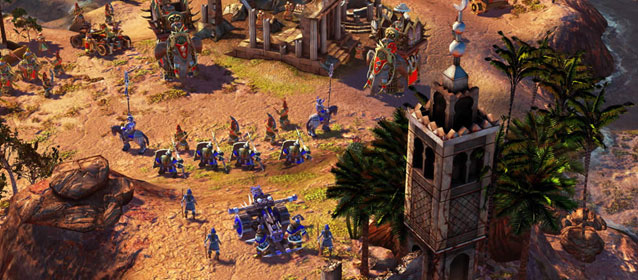
Rick Goodman was a co-founder of Ensemble Studios and was the lead designer on Age of Empires. With a creation of that magnitude under his belt, Goodman started Stainless Steel Studios and set about besting his own creation with a game called Empire Earth. This RTS tracked human history from the Stone Age to the 22nd Century. Competitive games could literally span this entire timeline in just one match. The scale and the technology enabling it were very impressive for their time.
Empire Earth strived to make RTS games not just play great, but look great. The game (along with another game further down this list) helped to pioneer dynamic zooming that is a staple of the genre today. That may seem like a small contribution, but it isn’t. Design that allows the player to look closely at the models on the field forces developers to make those models, and the game as a whole look great. For a great example of this innovation's effect on the genre take a look at Relic Entertainment’s beautiful; modeling and environment work in the Company of Heroes series.
The problem with Empire Earth was never design or execution. The first game was well reviewed, sold in excess of two million, and spawned a popular expansion. The problem was a mixture of bad luck and bad business. The developer, Goodman’s Stainless Steel Studios didn’t retain control of the series and moved on to other projects. From there, the series was juggled and driven into the ground by its developer Mad Doc Software, and publisher Sierra. This culminated in the absolutely atrocious Empire Earth 3 that totally destroyed any good will remaining from longtime fans of the series.
Empire Earth is still remembered for its breadth. The marketing line was “Epic is too small a word” and that was before epic, as a word, was driven into the ground by advertisers. If Goodman lent his name and his talents to a reboot the series could find its way back into the hearts of fans. Adding incentive, an Empire Earth reboot would also help Activision Blizzard (whom absorbed Sierra a few years ago) expand its RTS portfolio outside of Blizzard’s hallowed halls.

Page 1 Page 2


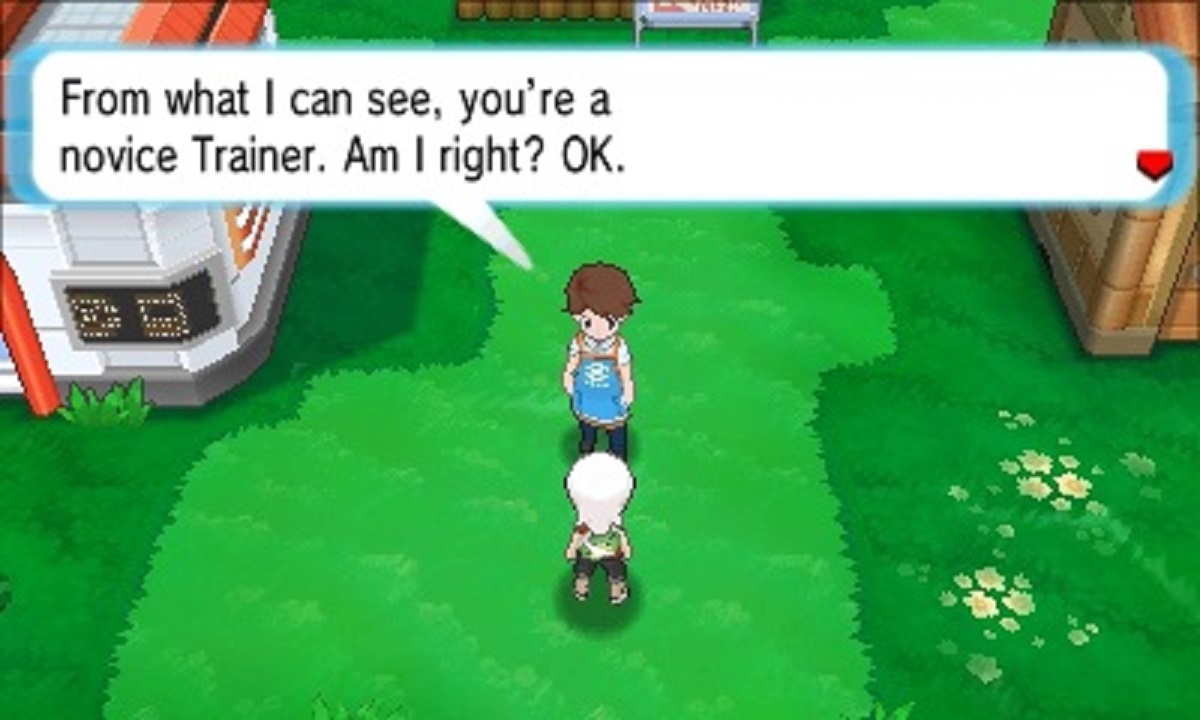
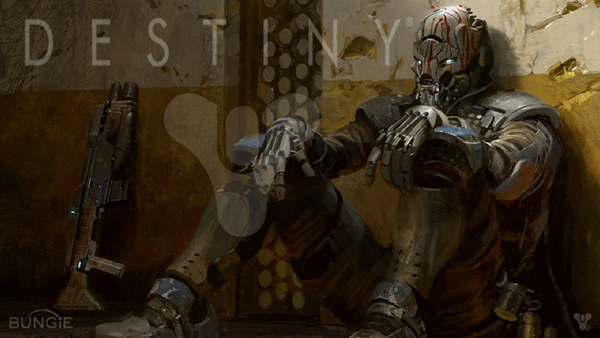
 How to Monitor Data Usage in Windows 10 and Avoid Overages
How to Monitor Data Usage in Windows 10 and Avoid Overages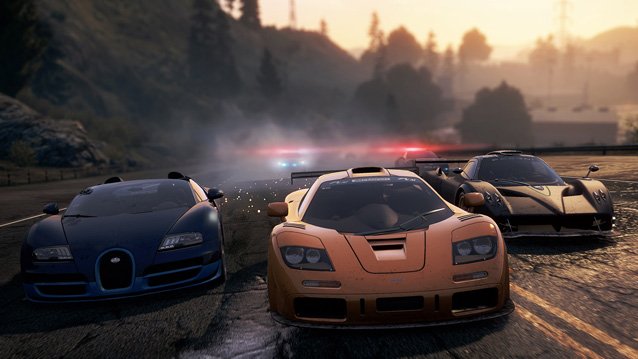 Need For Speed: Most Wanted For The Wii U: The Best Version Youll Find?
Need For Speed: Most Wanted For The Wii U: The Best Version Youll Find? Shadow Realms Wiki – Everything you need to know about the game .
Shadow Realms Wiki – Everything you need to know about the game .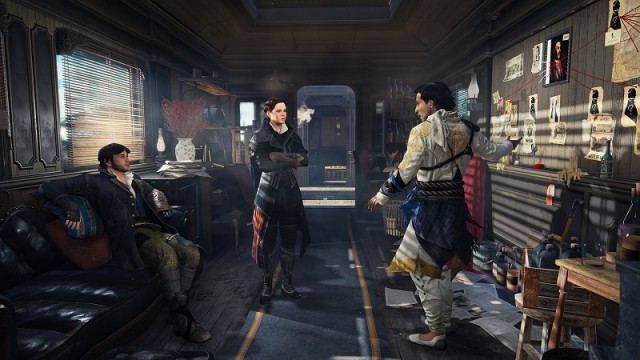 Sequence 4 - A Spoonful of Syrup: Assassin's Creed: Syndicate Walkthrough
Sequence 4 - A Spoonful of Syrup: Assassin's Creed: Syndicate Walkthrough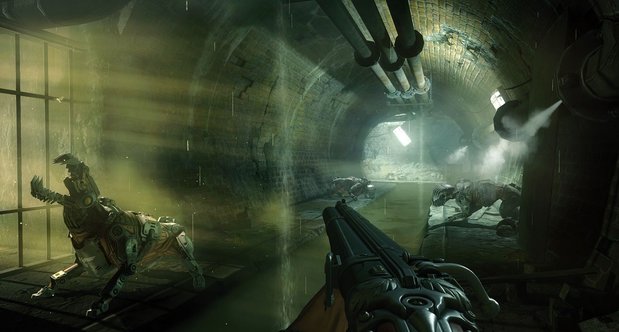 Wolfenstein: The New Order Walkthrough Guide Part 6 - From the London Nautica to the Giant Robot
Wolfenstein: The New Order Walkthrough Guide Part 6 - From the London Nautica to the Giant Robot